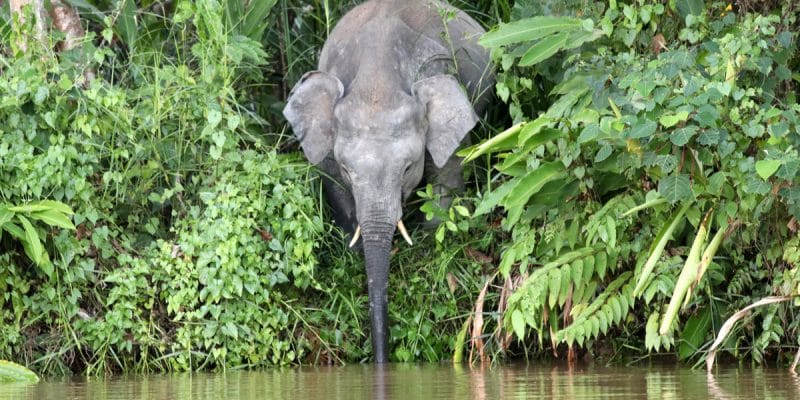Reintroducing 20 large mammals would restore biodiversity to a quarter of the globe and help sequester carbon. On World Earth Day, April 22, 2022, the United Nations Environment Programme (UNEP) is highlighting the bio-restoration capabilities of some of the world's largest land mammals. The African forest elephant is one of them.
In Africa, the reintroduction of hippos, forest elephants, cheetahs, tsessebe antelopes, wild dogs and lions could more than double biodiversity. That’s according to a study released on April 22, 2022 by the organization Resolve and the United Nations Environment Programme (UNEP).
The study published in the context of World Earth Day establishes the zoo-restoration of degraded lands. Some animal species have a greater impact than others on the ecosystem they occupy. According to UNEP, only 15% of the world’s land is currently occupied by large mammals. The reintroduction of these key species, in identified and adapted areas, could allow biodiversity to be restored on a quarter of the planet thanks to their action on the food chain. Among these key species, there are obviously pollinators such as bees, but also earthworms and starfish. But some of the largest terrestrial mammals are also among them.
The forest elephants of Africa
A 2019 study (by whom?) found that the destructive habits of elephants are helping to increase the overall amount of carbon stored in the Central African rainforest. By making a mess of vegetation, including stripping bark from saplings, digging into the soil for roots, and nibbling on leaves and berries, forest elephants do more good than harm to the forest. It helps forests store more carbon in their trees.
According to the study, each forest elephant can stimulate a net increase in the carbon uptake of tropical forests of 9,500 metric tons of CO2 per km². This is equivalent to the emissions produced by driving 2,047 gasoline-powered cars for one year.
Read also-AFRICA: 9 countries benefit from a dryland restoration programme
UNEP’s proposed zoo-land restoration comes in an African context of urgent land restoration. As of June 2021, 31 African governments have pledged nearly 130 million hectares for restoration under the AFR100 initiative. It is estimated that Africa has an additional 132 million hectares of degraded cropland. Combined with climate change, land degradation is increasing the vulnerability of millions of people.
Boris Ngounou







